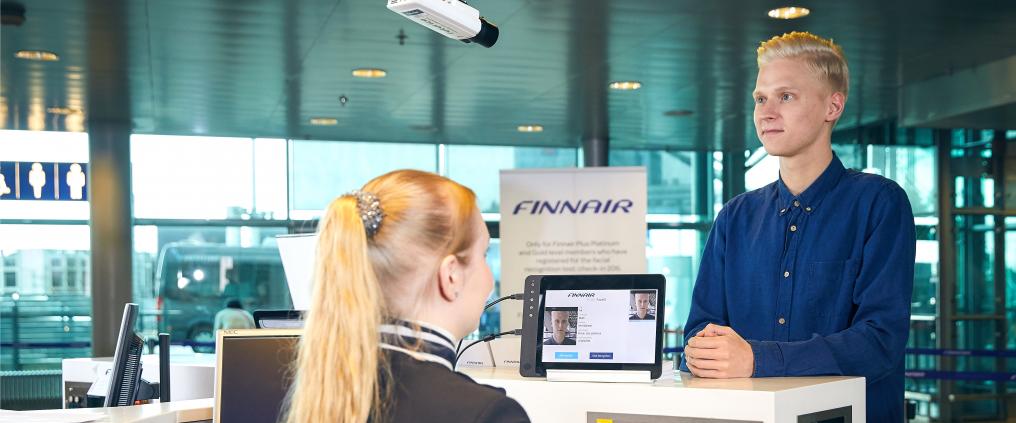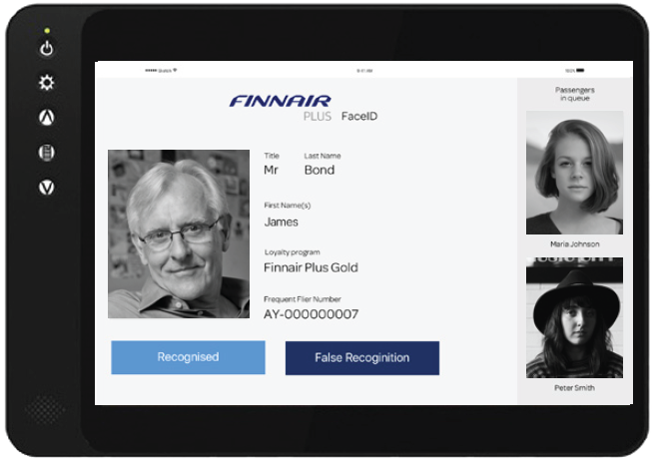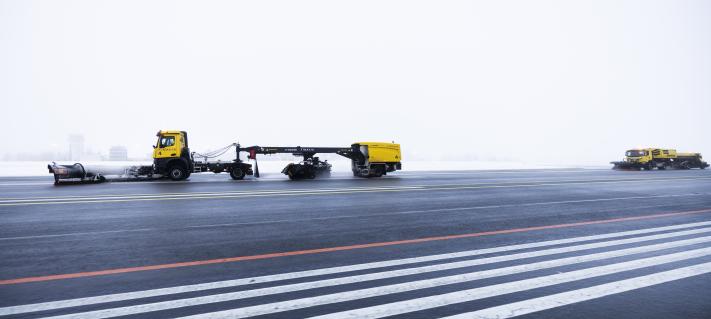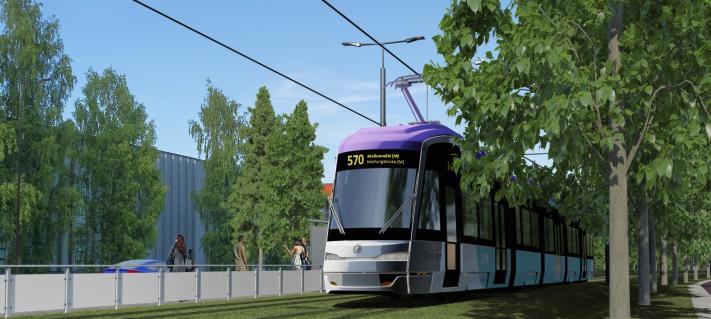'Digital solutions also provide new opportunities for airport staff. When digital services enable some passengers to essentially move through the airport “on their own”, employees have more time to take care of those who need help and attention,' says Matti Lehto, Head of Ops Digitalization at Finavia.
Above all, Lehto sees digitalization as an opportunity to improve customer service.
'Digitalization offers new tools for a better work flow, which makes things easier for both employees and passengers.'
The goal is to ensure that, as the number of passengers at airports increases, we can handle larger and larger passenger volumes with our current capacity.
'Our objectives are a good flow and an unhurried pace of work. We can achieve these by enabling passengers to pass more quickly through the different checkpoints at the terminal.'
Facial recognition is coming to airports
Digitalization will become visible in everyday airport operations in the coming years. The goal is to have biometric identification of passengers in place at Helsinki Airport in 2021. The adoption of biometrics at other airports should also be researched.
'We are working together with Finnair to adopt a system based on facial recognition. The Finnish Border Guard and Customs have also expressed interest in participating in designing the new system.'
Although Finnair has been the most important partner in the initial stages of the pilot, the system is being developed for the entire airport community. It is intended to benefit all parties operating at the airport, as well as air passengers.
'Passengers can use the system on a voluntary basis and have the option to opt out whenever they wish,' Lehto emphasizes.
Information gained through a pilot
A pilot was already carried out at one check-in counter at Helsinki Airport in 2017 with volunteer passengers in which a camera identified people by comparing their faces to selfies taken by the passengers themselves. A Finnair check-in employee monitored the name data obtained from the identification on a separate tablet.
'Of all registered passengers, 95% could be identified using facial recognition, so the results were promising. The recognition process still needs to be developed and specified to prevent incorrect identification. The passengers being identified need to be specified by flight for example, so that the system is able to select only those passengers leaving on a flight on that exact day,' Lehto explains.
The service experience was also measured in connection with the pilot. As many as 100% of participants were happy with the system. Finnair’s employees also viewed facial recognition as a time-saving service that would reduce the amount of manual work and free up time for customer service. The pilot has not yet been integrated into Finnair’s check-in system.
The results were in line with those obtained in IATA’s international study.
'In the study, 82% of the 10,675 respondents said they would like to use the digital smartphone application containing their passport in as many passenger services as possible, from booking their trip to moving through the airport. Of those surveyed, 64% found the biometric identification system to be a desirable solution.'
Oulu as a pilot?
Finavia’s next step towards biometric identification is to collect information from a real journey experience. Plans are currently being made for a trial on a connection between two airports in 2019.
'For example, the Helsinki-Oulu route would be suitable. This would be very much needed at the northern airports, but airports such as Oulu, Turku or Tampere-Pirkkala would be most suitable for the pilot, as these are visited by many business travellers who travel frequently and are used to technology in general.'
Read more about biometric identification and how it would affect the passenger experience in part 2




